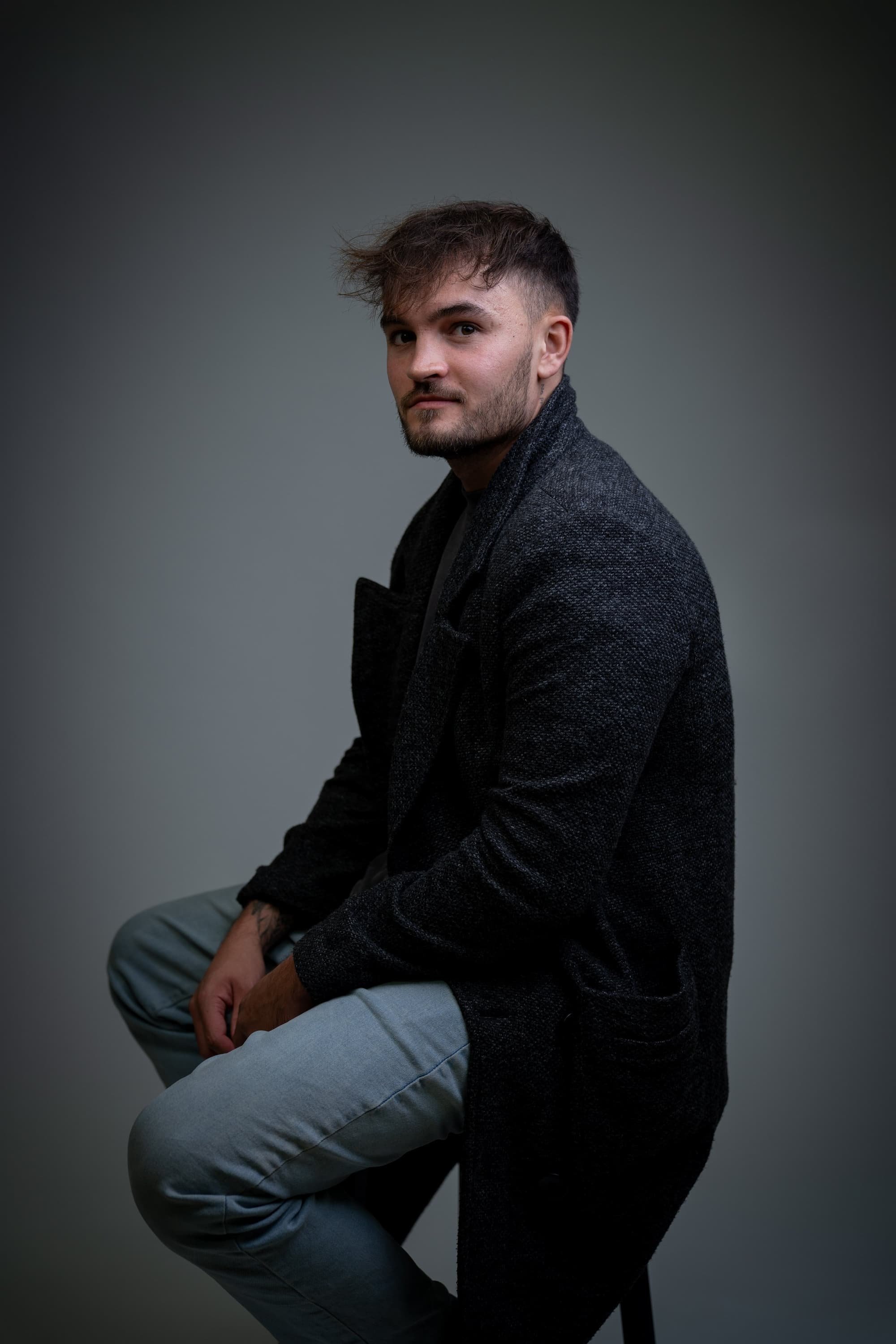Buzz Haven: Your Source for Trending Insights
Stay updated with the latest buzz in news, trends, and lifestyle.
Captured in a Click: Secrets of Stunning Portraits
Unlock the secrets to breathtaking portraits! Discover expert tips and tricks to capture stunning images in just a click.
Mastering Lighting: Key Techniques for Flawless Portraits
Lighting is one of the most crucial elements in portrait photography, and mastering lighting techniques can significantly enhance the quality of your images. Natural light, very popular among photographers, offers a soft and flattering effect, particularly during the golden hour shortly after sunrise or before sunset. To maximize the benefits of natural light, always position your subjects to face the light source. Alternatively, using reflectors can help bounce light onto your subject, creating a more balanced and luminous portrait. Remember, the key to flawless portraits often lies in how you manipulate the available light.
In addition to natural light, experimenting with artificial lighting can open up a world of creative possibilities. Softboxes and umbrellas are excellent tools for diffusing light, ensuring your subjects are well-lit without harsh shadows. Consider utilizing three-point lighting, which incorporates a key light, fill light, and backlight, to add depth and dimension to your portraiture. Adjusting the intensity and angle of your lights can dramatically change the mood of your photo, so don’t hesitate to play around with setups. By understanding and implementing these fundamental lighting techniques, you can take your portrait photography to the next level.

The Art of Posing: Tips for Captivating Portrait Photography
Capturing a stunning portrait goes beyond just the right lighting and camera settings; it heavily relies on the art of posing. A well-posed subject can elevate a photograph from ordinary to extraordinary, drawing the viewer’s eye and evoking emotion. Begin by encouraging your subject to relax and engage with their surroundings. Use techniques such as directing attention to a specific object or even involving them in a conversation to create a natural atmosphere. Remember, the best poses often emerge from genuine moments, so give your subject space to express themselves comfortably.
When it comes to the technical side of posing, there are several tips to keep in mind. Use angles to your advantage; slight shifts in body position can create more dynamic compositions. For example, having the subject turn their shoulders towards the camera while keeping their head angled away can enhance the facial profile. Additionally, consider exploring a variety of poses—from relaxed and candid to more structured positions—to discover what resonates with the subject's personality and the overall aesthetic you're aiming for. Don’t be afraid to iterate and maintain an open dialogue with your subject to ensure they feel confident and engaged during the shoot.
What Makes a Great Portrait? Insights from Professional Photographers
What makes a great portrait? Insights from professional photographers often center around several key elements that elevate a portrait from ordinary to extraordinary. First and foremost, the use of light is crucial. Natural lighting can create a soft, flattering effect, while artificial lighting allows for more control and creativity. Photographers suggest experimenting with different angles and sources of light to find what best highlights the subject's features. Additionally, the background plays a significant role; a well-composed background will complement the subject without distracting from it.
Another vital aspect is connection. A great portrait captures the subject's personality and emotions, often through the use of expressions and poses that convey authenticity. Photographers recommend establishing a rapport with the subject to help them feel at ease, enabling genuine expressions to shine through. Composition techniques, such as the rule of thirds, can also enhance the visual appeal of a portrait. Ultimately, a combination of these elements contributes to a compelling portrait that tells a story and resonates with viewers.